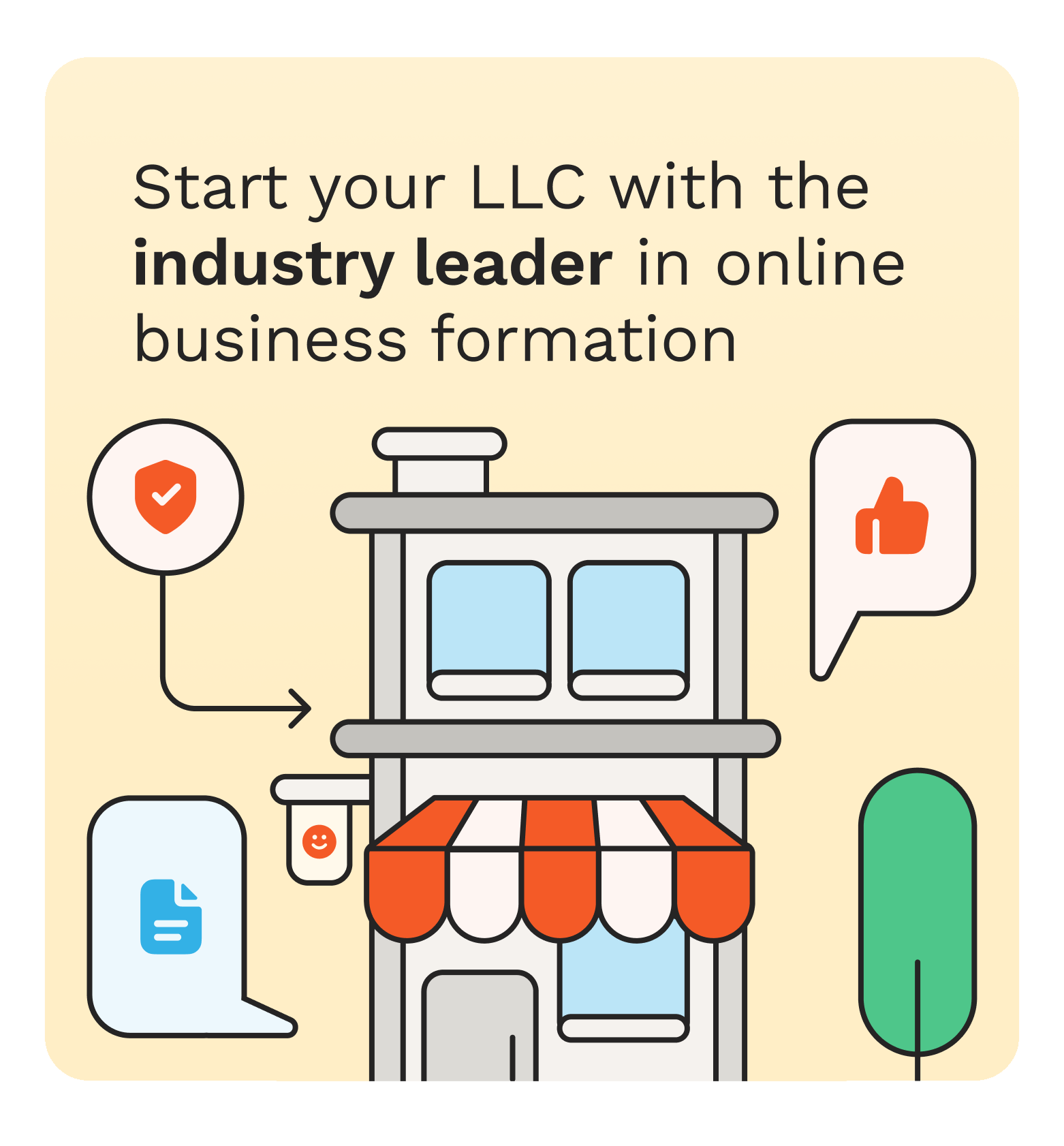Intel CEO Pat Gelsinger Retires Amid Tumultuous Tenure as Stock Surges 5%
Intel Corporation, once the undisputed leader in semiconductor manufacturing, has announced the retirement of CEO Pat Gelsinger, effective December 1. Gelsinger’s retirement marks the conclusion of a nearly four-year leadership tenure that has been defined by significant challenges for the company. Under his stewardship, Intel saw its stock price tumble, its market share erode, and its once-dominant position in the semiconductor industry threatened. Despite these setbacks, Intel’s stock surged by 5% in pre-market trading following the announcement, signaling investor optimism about the company’s future and its ability to recover.
Gelsinger’s return to Intel in 2021 came after a career that saw him rise through the ranks to become the company’s first Chief Technical Officer (CTO) in the early 2000s. After a stint as CEO of VMware, where he helped the company expand its cloud computing business, Gelsinger returned to Intel with a clear mandate: to stabilize the company and revitalize its competitive position in the global semiconductor market. However, his leadership was marked by a series of setbacks, many of which were beyond his control, as Intel faced increasing competition from rivals such as Advanced Micro Devices (AMD) and Taiwan Semiconductor Manufacturing Company (TSMC).
A Leadership Defined by Challenges
When Gelsinger took the helm in 2021, Intel was already facing significant challenges. The company had struggled to keep up with the pace of innovation in the semiconductor industry. In particular, its failure to transition to smaller process nodes—such as 7-nanometer (nm) and 5nm technology—allowed competitors like AMD and TSMC to leapfrog Intel, establishing themselves as leaders in cutting-edge chip manufacturing.
Gelsinger inherited a company that was still reeling from these technological delays, and his tenure was marked by a concerted effort to restore Intel’s manufacturing capabilities. However, despite heavy investments in its factories and a commitment to developing next-generation technologies, Intel continued to lag behind its rivals. Intel’s failure to address its internal production delays led to missed opportunities in critical markets such as personal computers, data centers, and cloud computing.
One of the most significant issues that faced Intel during Gelsinger’s leadership was its inability to capitalize on the rapid growth of the artificial intelligence (AI) sector. Companies like Nvidia made huge strides in the AI chip market, capturing market share with specialized Graphics Processing Units (GPUs) designed for AI workloads. Intel, on the other hand, struggled to develop competitive products in this space, further eroding its market position. Intel did announce efforts to produce AI-centric chips, such as its Nervana and Habana Labs units, but these products failed to gain significant traction and didn’t deliver the competitive advantage Intel had hoped for.
Strategic Initiatives and Ambitious Investments
Despite the setbacks, Gelsinger did attempt to steer the company toward new growth opportunities. One of his most significant initiatives was Intel’s push into the semiconductor foundry business. In 2021, Intel announced plans to invest billions in expanding its manufacturing capabilities, including the construction of new semiconductor fabrication plants in Ohio and Arizona. This move was part of a broader strategy to establish Intel as a key player in the global foundry market, where companies like TSMC and Samsung had long been dominant.
Intel’s foray into the foundry business was given a further boost by the passing of the CHIPS and Science Act in 2022, which allocated billions of dollars in government funding to incentivize domestic semiconductor production. Intel played a pivotal role in advocating for the legislation, and in early December 2023, it secured a $7.86 billion grant under the CHIPS Act to help fund its factory-building plans. While these investments were seen as a step in the right direction, Intel’s efforts to modernize its manufacturing processes have yet to yield the desired results, with delays and challenges in ramping up production of cutting-edge semiconductor nodes.
Intel’s attempts to move beyond traditional chipmaking and enter new markets were also part of a broader effort to diversify its revenue streams. The company made significant investments in areas such as autonomous vehicles, 5G infrastructure, and edge computing, all of which are expected to be key drivers of growth in the coming years. However, like its efforts in AI, these investments have not yet generated the returns that Intel had hoped for, and the company’s reliance on its traditional microprocessor business continues to weigh heavily on its financial performance.
The Legacy of Gelsinger’s Leadership
Pat Gelsinger’s leadership of Intel will be remembered for both its ambition and its frustration. On one hand, Gelsinger’s technical expertise and commitment to restoring Intel’s manufacturing capabilities were evident from day one. His push to regain market leadership through bold investments in factories and foundries was an attempt to recapture Intel’s once-dominant position in the industry. His role in securing funding through the CHIPS Act also helped cement Intel’s future in the U.S. semiconductor ecosystem.
On the other hand, Gelsinger’s tenure will also be defined by Intel’s failure to live up to its potential. The company’s inability to produce competitive products in key areas such as AI, cloud computing, and advanced semiconductor manufacturing left Intel struggling to keep pace with rivals. While the company’s stock surged by 5% following the announcement of Gelsinger’s retirement, the truth remains that Intel’s future prospects are far from certain.
The Leadership Transition: What’s Next for Intel?
With Gelsinger’s departure, Intel faces another leadership transition at a time when the company is facing a crossroads. To fill the gap left by Gelsinger, Intel has appointed two interim co-CEOs: David Zinsner, the company’s Chief Financial Officer, and MJ Holthaus, the CEO of Intel’s product division. These appointments represent a pragmatic approach to leadership in the short term, as both Zinsner and Holthaus are well-versed in Intel’s operations and are expected to provide stability as the company searches for a permanent CEO.
The company has also appointed Frank Yeary, Intel’s longest-serving board member, as interim executive chair. Yeary’s appointment is significant, as he will now oversee the search for a permanent CEO and guide Intel through the challenges ahead. As the company navigates this leadership transition, much will depend on its ability to execute its strategic plans and make the necessary investments to regain market share.
Related: Nvidia Shatters Expectations as AI Revolution Drives Demand for Blackwell Chips
Related: British AI Start-Up Tessl Achieves $750M Valuation in Just Nine Months
Intel’s Road Ahead: Navigating the Challenges
Intel’s future will depend on several key factors, including its ability to regain leadership in semiconductor manufacturing, diversify its product portfolio, and capitalize on the growth of emerging technologies like AI and autonomous vehicles. Despite the setbacks of the past few years, Intel remains a key player in the global semiconductor industry, and its efforts to modernize its manufacturing capabilities should not be underestimated.
However, Intel must act quickly to address the challenges it faces. The semiconductor market is more competitive than ever, with companies like TSMC, AMD, and Nvidia driving innovation across multiple sectors. Intel cannot afford to fall behind any further, and it will need a clear and decisive strategy to regain its position as a leader in the industry.
One potential avenue for growth lies in Intel’s foundry business. If the company can successfully ramp up its manufacturing capabilities and meet the growing demand for semiconductor fabrication, it may be able to carve out a profitable niche in the global foundry market. Additionally, Intel’s investments in AI, 5G, and other emerging technologies could pay off in the long run, but these ventures will require continued focus and significant resources.
Intel at a Crossroads
Pat Gelsinger’s retirement marks the end of an era for Intel. His tenure was defined by bold strategies and ambitious investments, but also by frustrating setbacks and missed opportunities. As the company enters a new phase of leadership, much will depend on its ability to adapt to the changing landscape of the semiconductor industry. While Intel has faced significant challenges in recent years, it still has the resources and potential to reclaim its position as a leader in the tech world.
Intel’s stock surge following Gelsinger’s departure suggests that investors are hopeful about the company’s future. However, the road ahead will not be easy. With new leadership and a renewed focus on innovation, Intel must rise to the challenge and reassert itself as a dominant force in the semiconductor industry.












